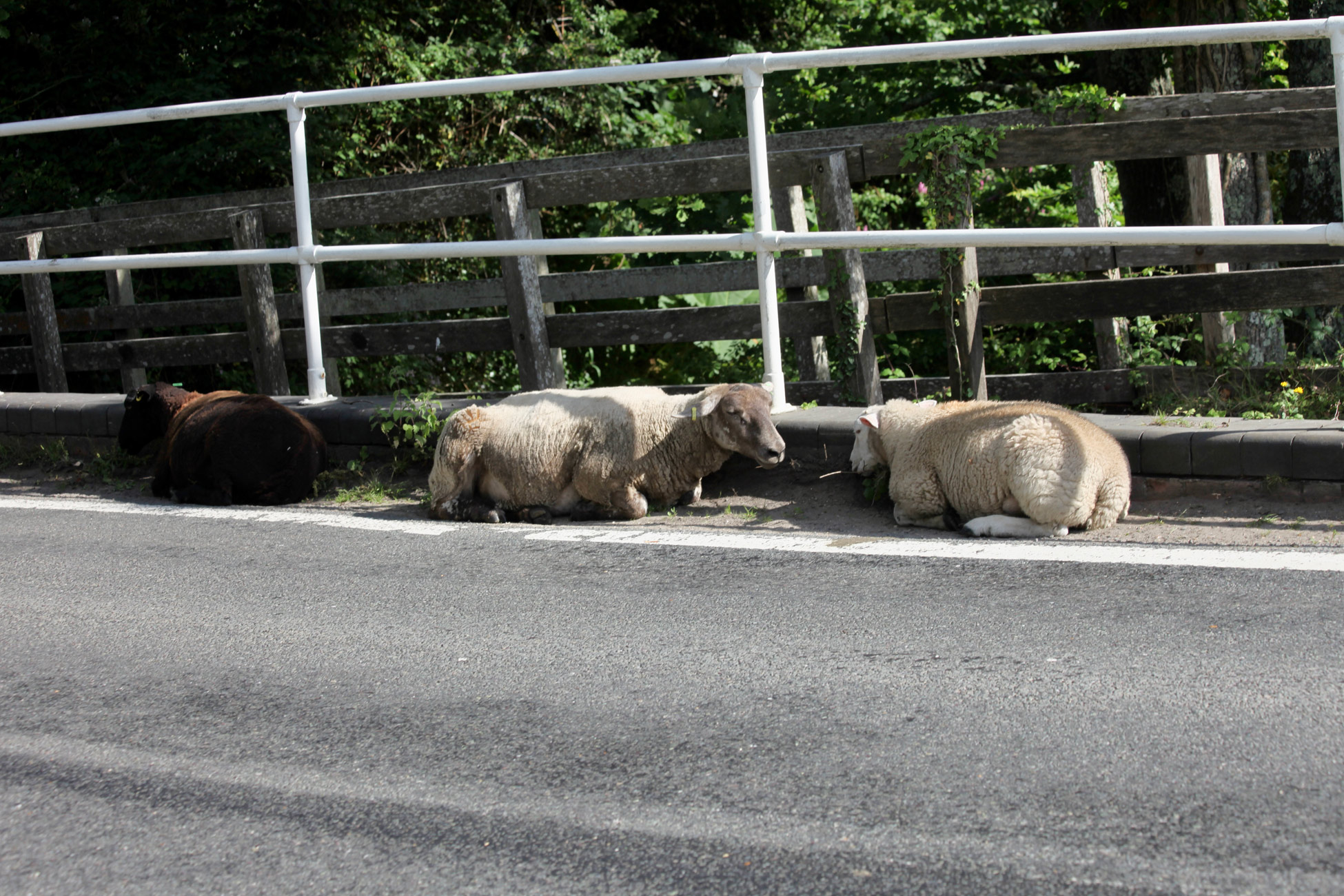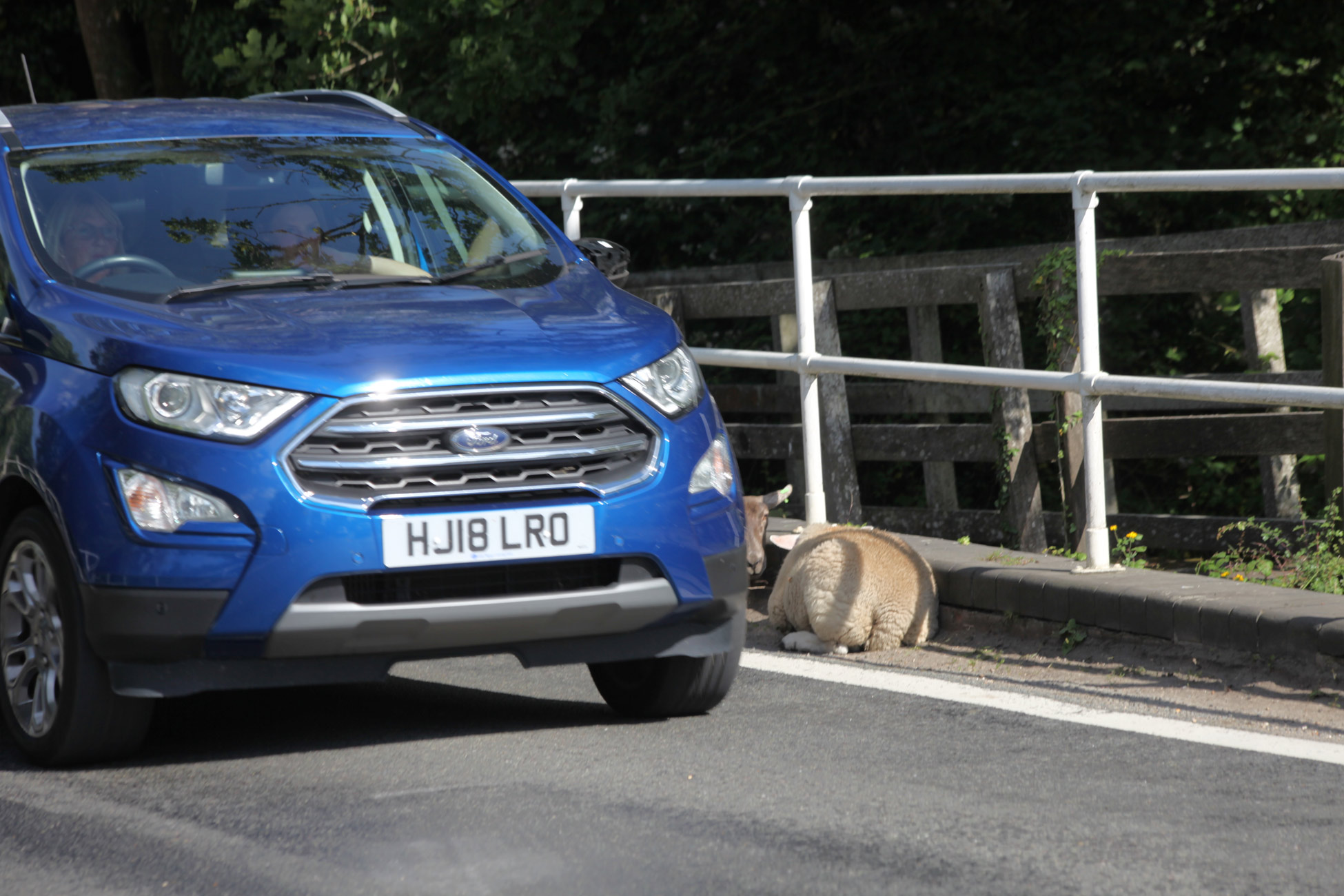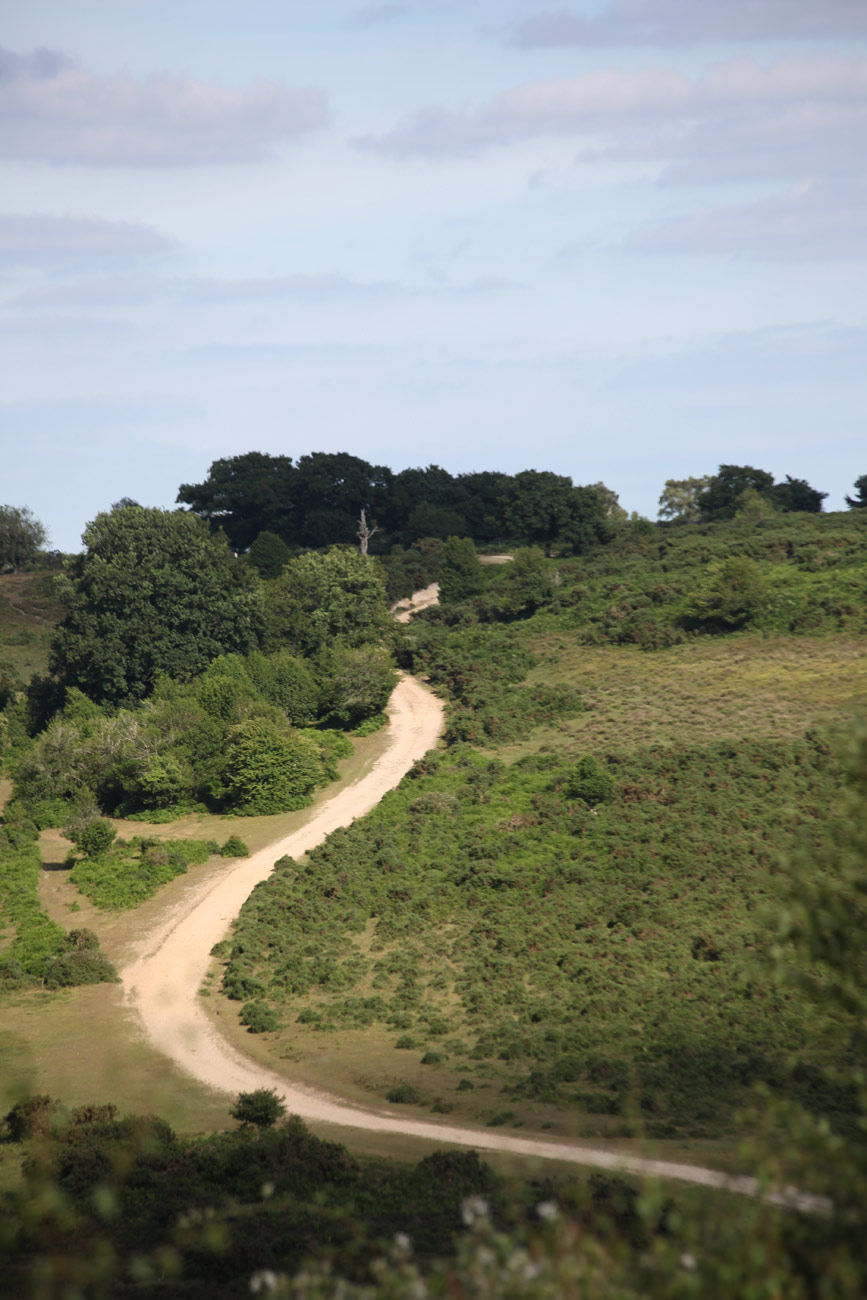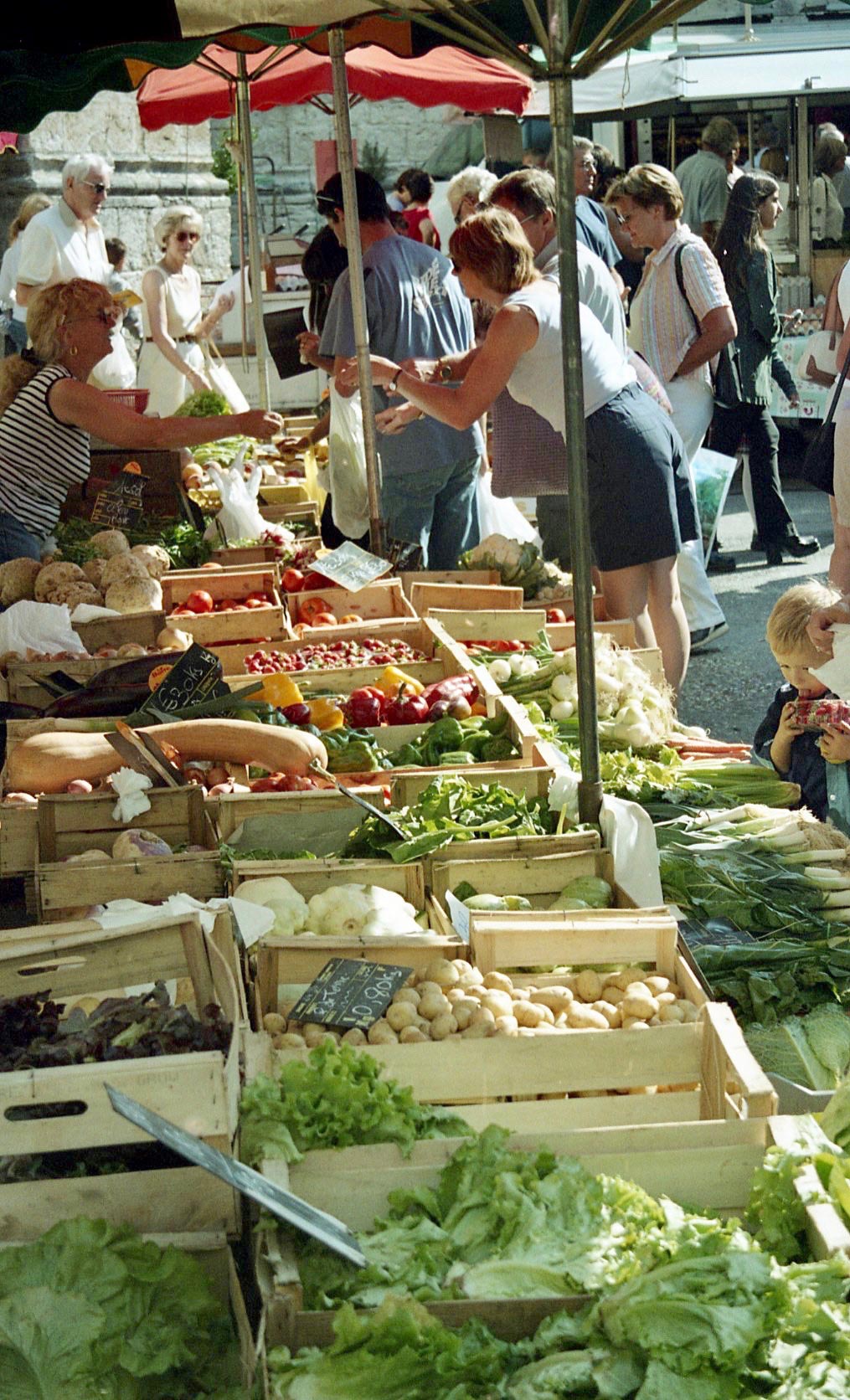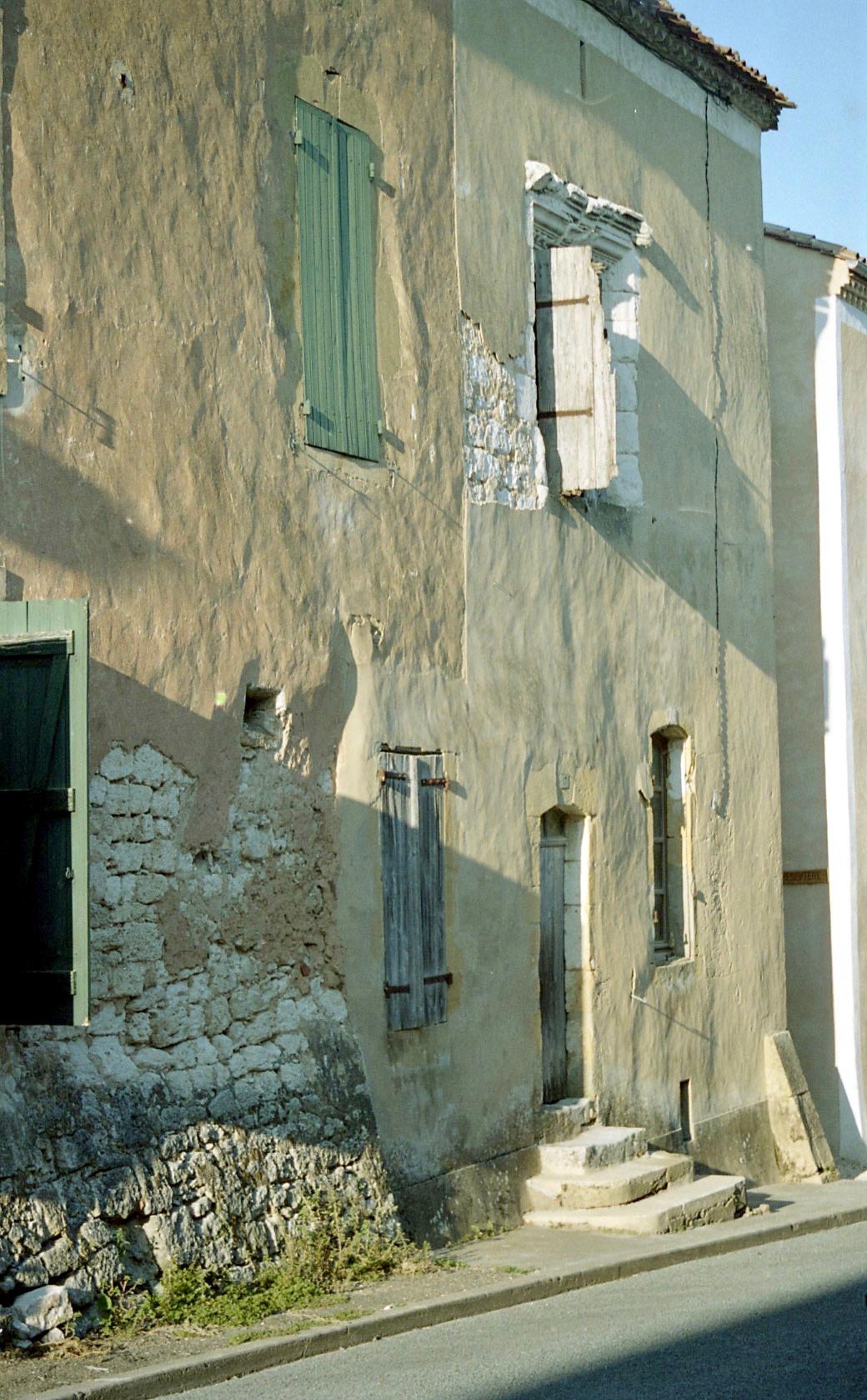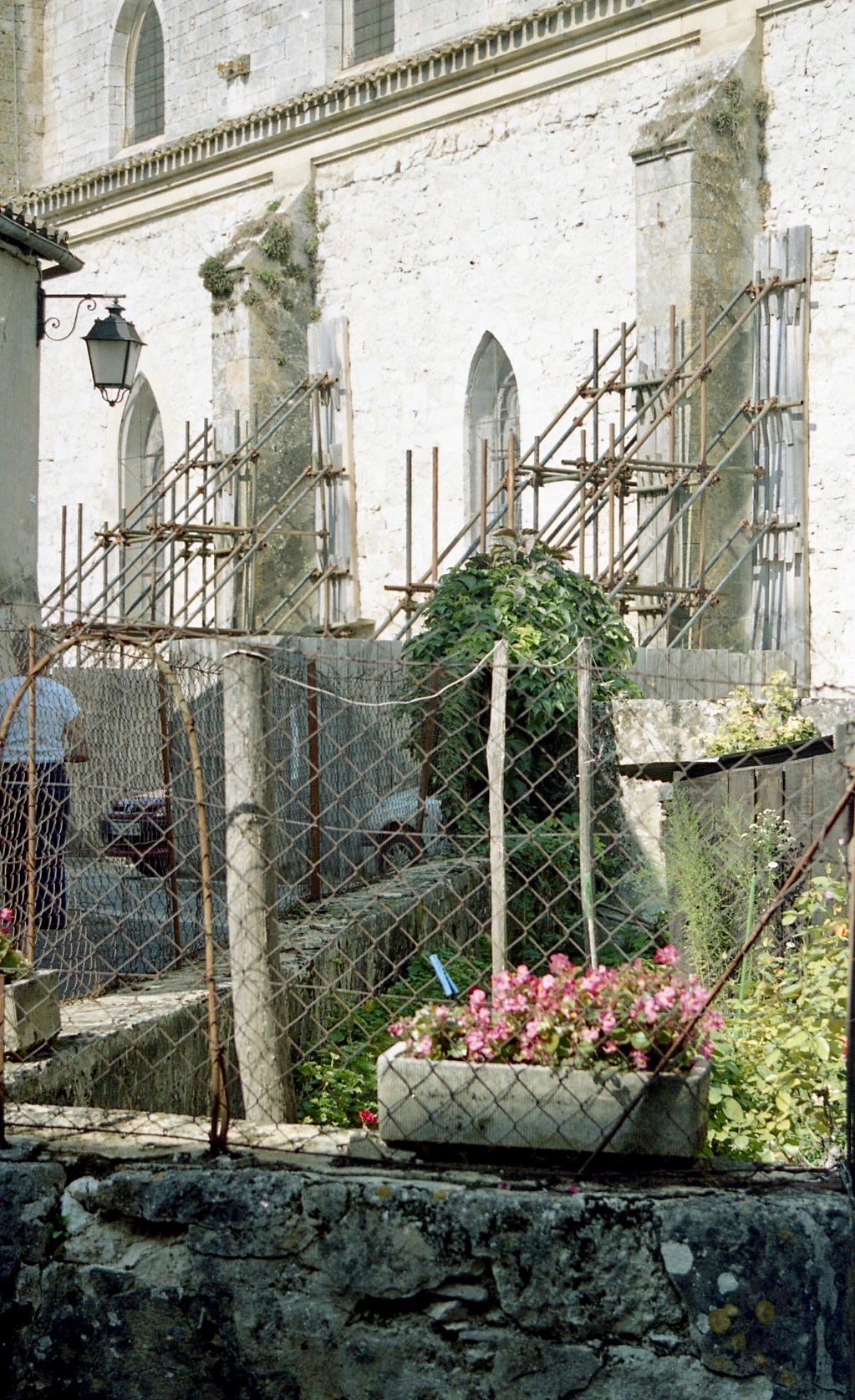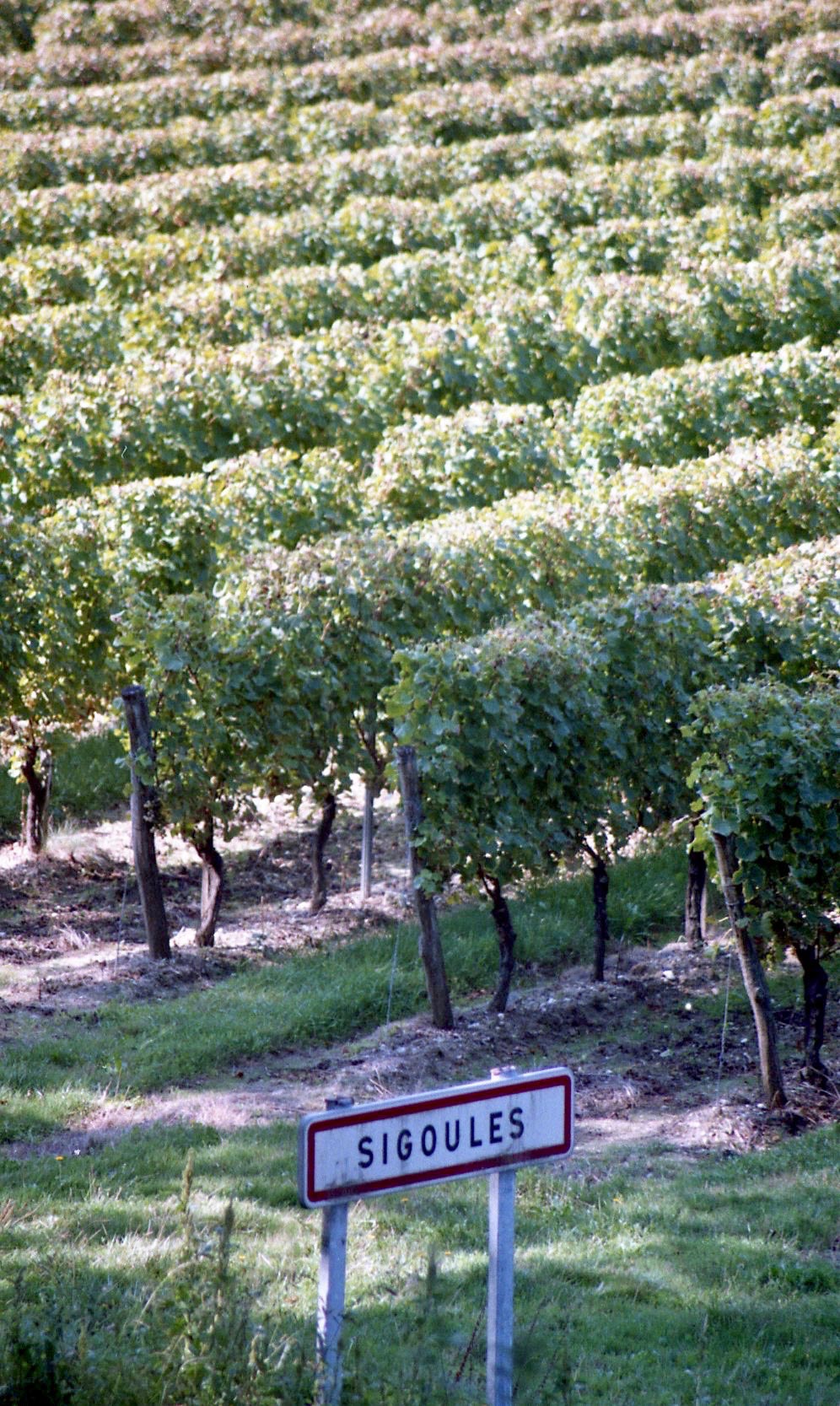From today I am now and octogenarian. Among the gifts and cards that I received was a parcel jointly from Louisa and Sam which contained a framed painting being

a representation by my daughter’s friend Gemma of all my grandchildren. Both followed this up with telephone calls.
Martin attended to the garden as usual. He spent most of the morning on






the Oval Path and Elizabeth’s Bed, which looked like this before he began.
First he tackled the larger plants in Elizabeth’s Bed – so named because she was the first to clear it some years ago.


This was an interim stage before he moved on to reveal the almost buried path,




and finally open up the bed.
He also cut the grass, after we left him to it while we drove off to meet Elizabeth at Rosie Lea Tea Rooms on Southampton Road, where she treated us to lunch of tasty and tender pork burgers with crisp crackling served in



raised miniature wooden garden bed frames, with chips in terra cotta plant pots.



She also gave me a silver capped cologne bottle hallmarked 1895 inscribed with D in the original cartouche. Jackie produced these photographs of it.
Soon after we returned home, Helen visited, bringing two promising bottles of red wine and a card. She stayed for a good catch up.
We are about to enjoy vanilla cheesecake, raspberries, strawberries, and cream since we had no room for dessert earlier. I will drink a glass of the guv’nor and Jackie won’t.







